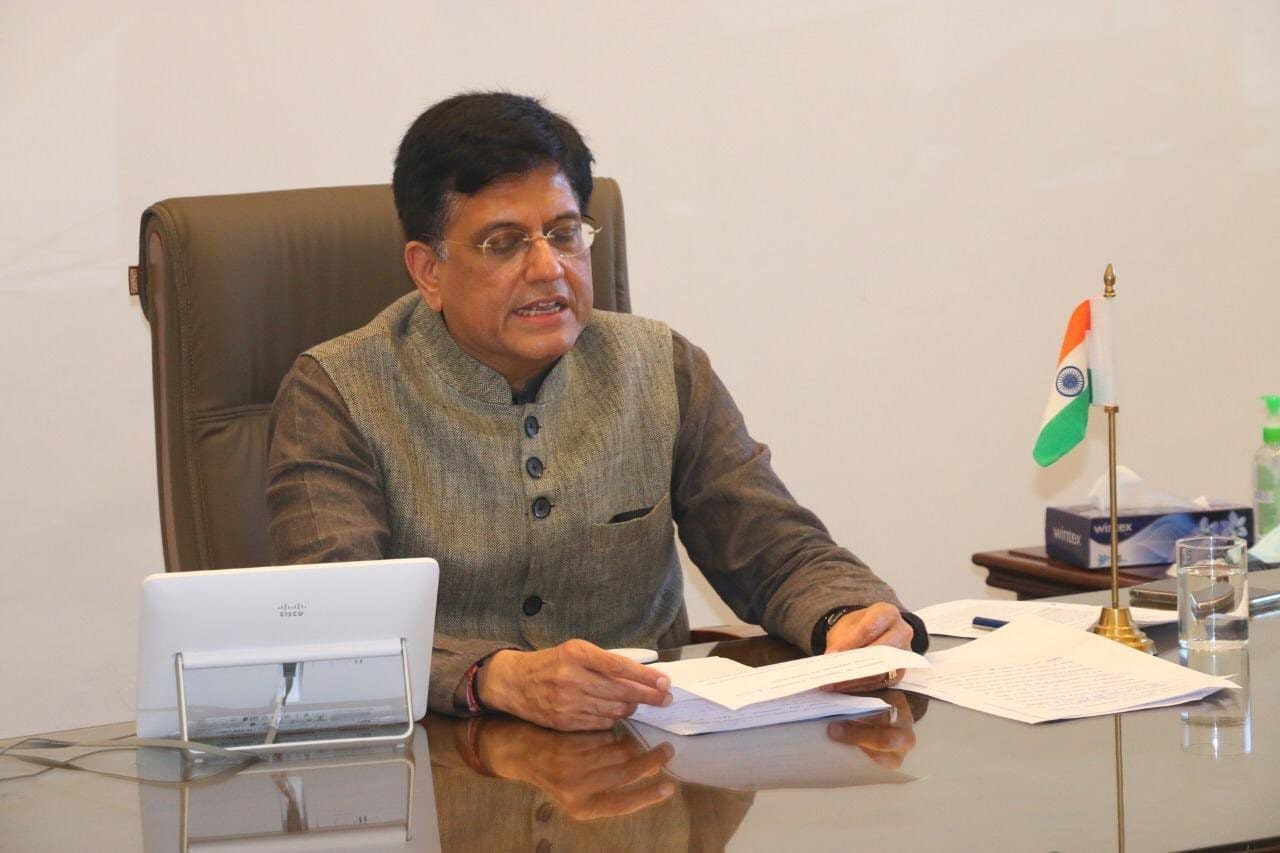Concerned about protectionism by stealth adopted by some nations, commerce and industry Minister Piyush Goyal on Monday asked industry associations to flag non-tariff barriers (NTBs) faced by Indian exporters in various countries so that New Delhi can firm up appropriate responses wherever feasible.
Urging domestic industry to work on improving its competitiveness and help the country realise an ambitious merchandise export target of $400 billion for FY22, Goyal said, “The key to success is to focus on goals, not obstacles.” Merchandise exports until the second week of August this fiscal jumped 71% from a year before and 23% over the same period in FY20 (pre-pandemic level), the minister said.
Highlighting the growth in the start-up ecosystem, the minister said over 54,000 start-ups were providing more than 5.5 lakh jobs, and more than 20 lakh jobs will be created by 50,000 new start-ups in the next five years.
FE had earlier reported that major developed and developing countries, such as the US, China, South Korea, Japan and those in the EU, had put up huge NTBs to discourage “undesirable imports”, even though they claim to maintain a low-tariff regime.
The US had put in place as many as 8,453 NTBs, followed by the EU (3,119), China (2,971), South Korea (1,929) and Japan (1,881), according to a commerce ministry analysis last year, based on World Trade Organization data. In contrast, India has imposed only 504 NTBs.
While non-tariff measures are not always aimed at curbing imports — for instance, safety, quality and environmental standards are put in place by all countries for imported products — what has often worried analysts is that they can be abused for trade protectionism.
Goyal highlighted incentives for manufacturing through the production-linked incentive schemes and the need to focus on 24 sectors to attract investment. He also emphasised the “One District, One Product” programme to create a pool of 739 products for exports from 739 districts. Similarly, he highlighted the India Industrial Land Bank for providing a GIS-enabled database of industrial areas. Industry should suggest areas for intervention through research, handholding of exporters/ manufacturers, deeper engagement with states and greater engagement with overseas missions, among others, to realise the export target, he said.

